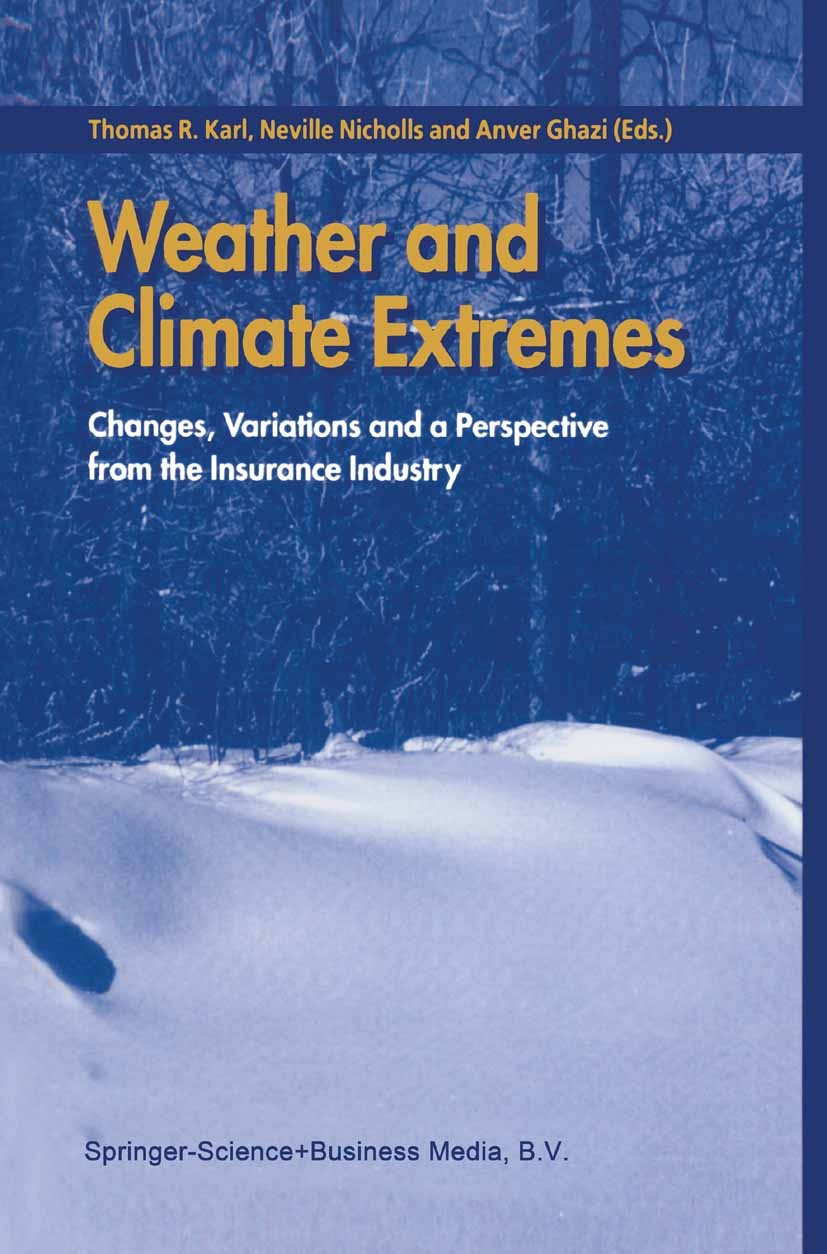Attribution of heat extremes and its health effects in Yangtze River Basin in late summer 2024
IF 6.9
1区 地球科学
Q1 METEOROLOGY & ATMOSPHERIC SCIENCES
引用次数: 0
Abstract
During the summer of 2024, the Yangtze River Basin (YZB) suffered from relentless heat. In particular, the late summer (from the 20th August to the 20th September) witnessed record-breaking high temperature anomalies ranging from daily to monthly timescales, reaching 5.19 °C (∼4.42 standard deviations) above the 1981–2010 mean. The Sichuan Basin was the most affected areas. Our analysis suggested that such heat event would not have occurred without past human activities, and the occurrence probability of similar events is expected to increase by 91 times by the end of the 21st century under the SSP2-4.5 scenario. We further assessed population exposure to heat-related health risks during the heat event, based on the Heat Health Risk Early Warning Level recommended by China CDC. During the summer of 2024, the late summer phase suffered the most from a prolonged period of the highest-level heat health risks (level-3), with 20 % of the population exposed. Simultaneously, there is a growing vulnerability of the population to all levels of heat health risks over the past decades, with exposures to both level-1 and level-2 reaching historical peaks in 2024. With a substantial increase in heat days, this increasing trend of population exposure to heat health risks is expected to continue in the future. Under the SSP2-4.5 scenario, for the level-1 heat health risk, an extra 20 % of the YZB population might face such conditions by 2035 comparable to the 2024 exposure. By the 2090s, the population exposure to record-breaking heat registered in late summer of 2024 will be normal, affecting 40 % of the projected population. Our study provides critical insights into the association between climate change and heat health risks from the 2024-like heat event in the YZB, highlighting the urgent need for heat health early warnings and adaptive measures.
2024年夏末长江流域极端高温归因及其对健康的影响
2024年夏季,长江流域遭受了持续的高温。特别是在夏末(8月20日至9月20日),从日到月的时间尺度上都出现了破纪录的高温异常,比1981-2010年的平均值高出5.19°C(~ 4.42标准差)。四川盆地是受灾最严重的地区。我们的分析表明,如果没有过去的人类活动,这样的高温事件是不会发生的,并且在SSP2-4.5情景下,到21世纪末,类似事件的发生概率预计将增加91倍。基于中国疾病预防控制中心推荐的高温健康风险预警级别,我们进一步评估了高温事件期间人群暴露于高温相关的健康风险。在2024年夏季,夏末阶段遭受的高温健康风险最高(3级)的影响最为严重,有20%的人口暴露在高温中。与此同时,在过去几十年里,人们越来越容易受到各级热健康风险的影响,一级和二级的暴露量在2024年达到了历史峰值。随着炎热天数的大幅增加,预计未来人口暴露于高温健康风险的趋势将继续增加。在SSP2-4.5情景下,对于1级热健康风险,到2035年,与2024年的暴露相比,YZB人口可能会多出20%面临这种状况。到21世纪90年代,2024年夏末记录的创纪录高温将成为常态,影响到预计人口的40%。我们的研究为YZB类似2024年的高温事件提供了气候变化与热健康风险之间关系的重要见解,强调了热健康预警和适应措施的迫切需要。
本文章由计算机程序翻译,如有差异,请以英文原文为准。
求助全文
约1分钟内获得全文
求助全文
来源期刊

Weather and Climate Extremes
Earth and Planetary Sciences-Atmospheric Science
CiteScore
11.00
自引率
7.50%
发文量
102
审稿时长
33 weeks
期刊介绍:
Weather and Climate Extremes
Target Audience:
Academics
Decision makers
International development agencies
Non-governmental organizations (NGOs)
Civil society
Focus Areas:
Research in weather and climate extremes
Monitoring and early warning systems
Assessment of vulnerability and impacts
Developing and implementing intervention policies
Effective risk management and adaptation practices
Engagement of local communities in adopting coping strategies
Information and communication strategies tailored to local and regional needs and circumstances
 求助内容:
求助内容: 应助结果提醒方式:
应助结果提醒方式:


